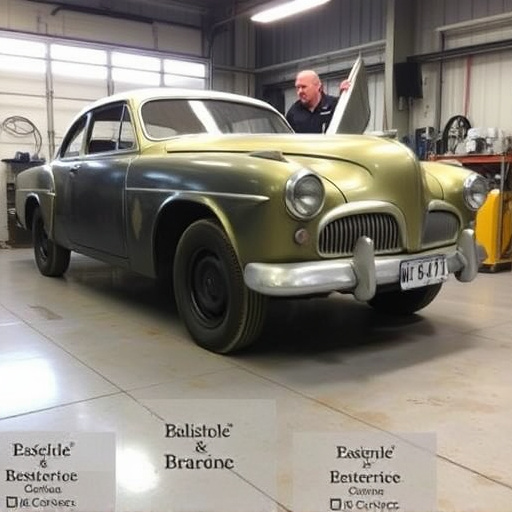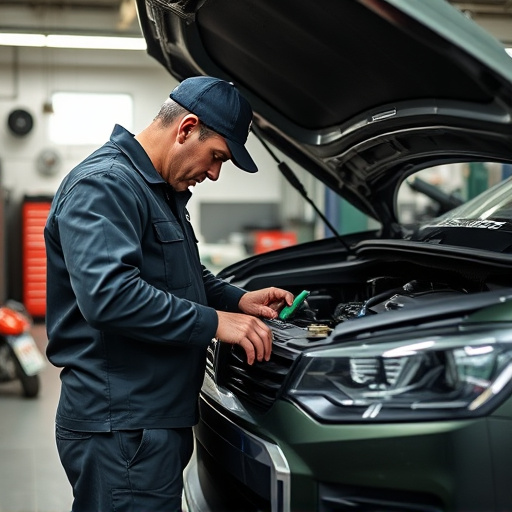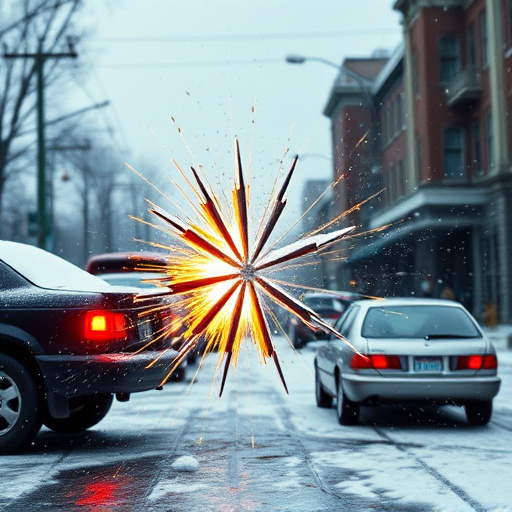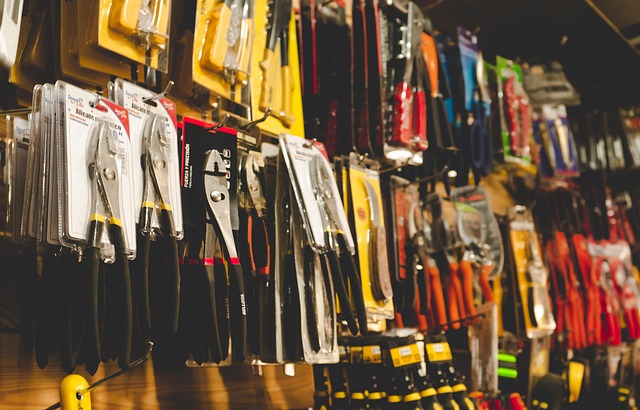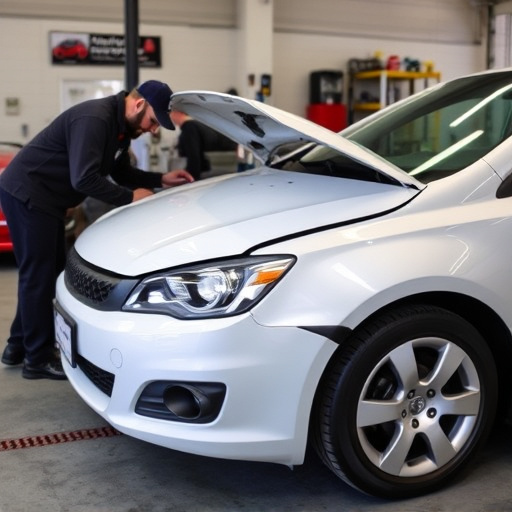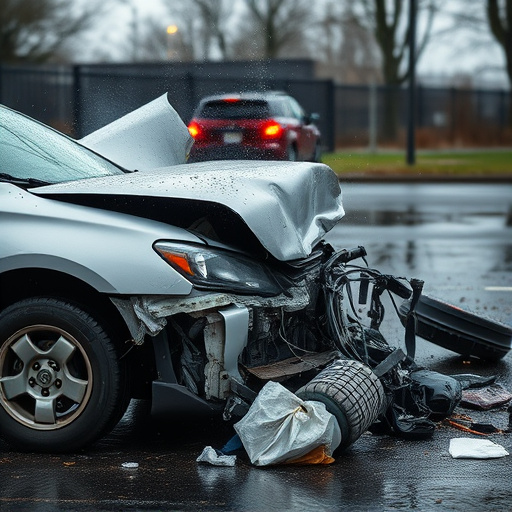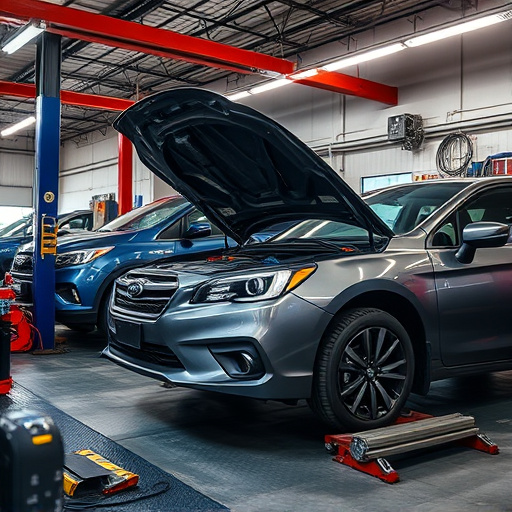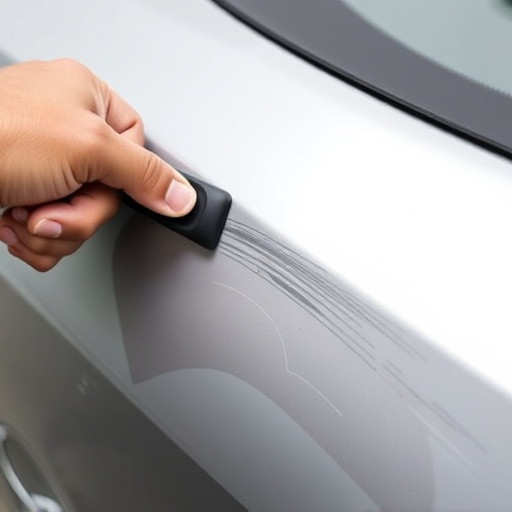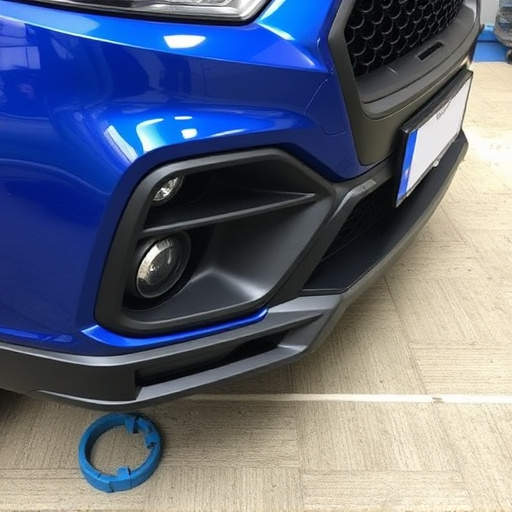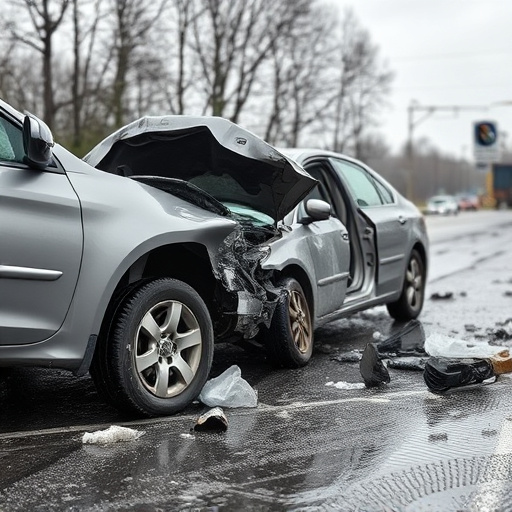Crash worthiness restoration is a critical automotive repair process, adhering to strict standards for safety. Skilled technicians use advanced tools to assess and fix damage from minor fender benders to complex classic car restorations, ensuring structural integrity and optimal safety system function. Detailed repair documentation proves the vehicle's pre-crash condition or improvements, fostering transparency and fair compensation. Meticulous inspections and comprehensive tests validate repair quality, guaranteeing a safe, reliable, and aesthetically accurate restoration.
Crash worthiness restoration is a critical process ensuring vehicles return to safe operation after accidents. This article explores how detailed repair documentation serves as irrefutable proof of completed crash worthiness restoration, adhering to stringent industry standards. By examining the significance of comprehensive records, we uncover the essential steps involved in verifying the integrity and safety of repaired vehicles. Through meticulous documentation and thorough checks, professionals ensure each vehicle meets the highest crash worthiness criteria.
- Understanding Crash Worthiness Restoration Standards
- The Role of Detailed Repair Documentation
- Verifying Completed Work Through Comprehensive Checks
Understanding Crash Worthiness Restoration Standards
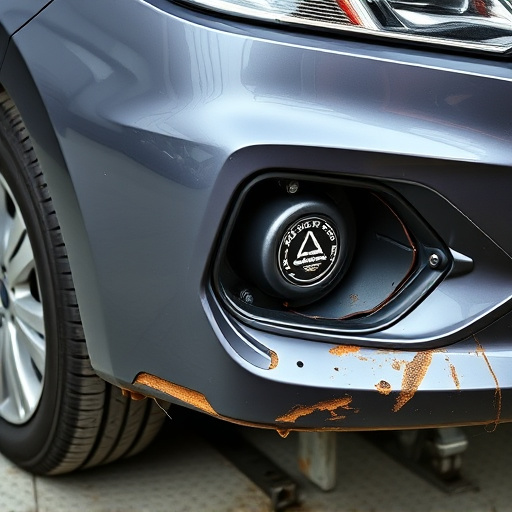
Crash worthiness restoration is a critical aspect of automotive repairs, ensuring vehicles return to the road safely after an accident. To comprehend the process fully, it’s essential to grasp the underlying standards governing this specialized field. These standards are designed to protect drivers and passengers by mitigating risks associated with structural damage and potential failure points. They encompass a comprehensive set of guidelines covering everything from frame alignment to safety system recalibration, setting a high bar for auto repair services.
Whether dealing with a minor fender bender or a more significant classic car restoration, adhering to these crash worthiness restoration standards is paramount. Skilled technicians employ advanced tools and techniques to assess damage, replace faulty components, and meticulously refinish affected areas, ensuring the vehicle’s structural integrity and safety systems function optimally. This meticulous process not only guarantees a seamless return to the road but also instills confidence in drivers that their vehicles meet the highest crash worthiness restoration criteria.
The Role of Detailed Repair Documentation
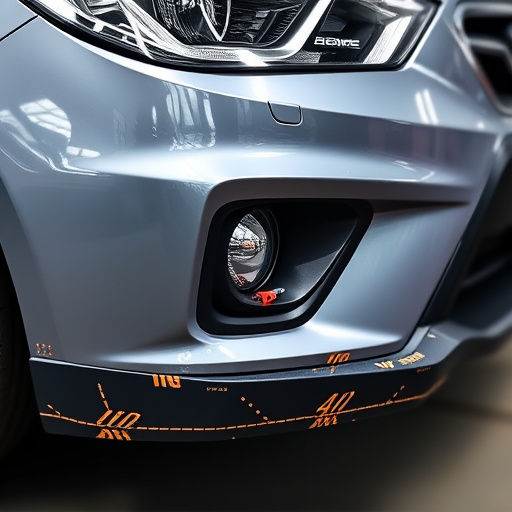
Detailed repair documentation plays a pivotal role in proving the crash worthiness restoration of a vehicle after it has undergone significant damage. This meticulous record-keeping involves documenting every step taken during the repair process, from assessing the initial damage to ensuring each autobody repair is executed precisely. The documentation includes measurements, photographs, and detailed descriptions of parts replacement or adjustment, providing a comprehensive account of the vehicle’s transformation.
In the event of an accident, this extensive record becomes crucial evidence that the vehicle has been restored to its pre-crash condition or even improved. It allows vehicle body shops to demonstrate their expertise and adherence to industry standards in crash worthiness restoration. Moreover, detailed documentation enhances transparency between insurance companies, vehicle owners, and repair facilities, fostering trust and ensuring fair compensation for necessary fender repairs and other autobody repairs.
Verifying Completed Work Through Comprehensive Checks
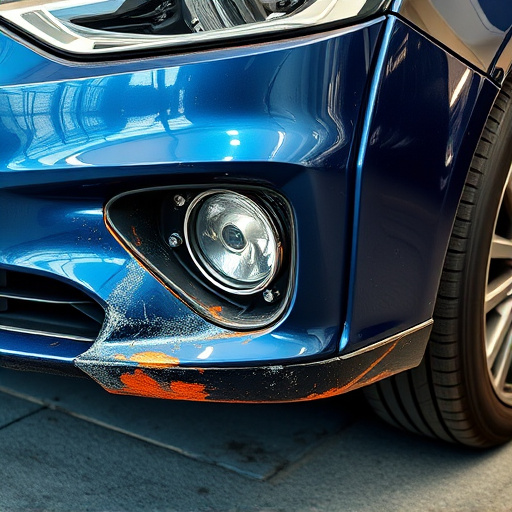
After a vehicle has undergone crash worthiness restoration, extensive checks are vital to ensure that all repairs have been executed flawlessly. This verification process involves meticulous inspections and comprehensive tests tailored to different components of the car, such as structural integrity, mechanical functionality, and aesthetic accuracy. Every detail, from aligning panels in the body shop to ensuring seamless vehicle paint repair, is scrutinized to meet pre-crash conditions.
Comprehensive checks not only validate the quality of the car damage repair but also guarantee that the vehicle restoration process has been thorough. This includes examining welds for precision and strength, checking paint jobs for consistency and color accuracy, and verifying the functionality of all systems, from brakes to lighting. Through these meticulous procedures, the integrity of the crash worthiness restoration is assured, providing peace of mind to owners that their vehicles are safe and reliable on the road.
Repair documentation is an indispensable tool in proving that a vehicle’s crash worthiness restoration has been completed effectively. By maintaining detailed records of each repair step, from assessment to final inspection, professionals can ensure compliance with industry standards and demonstrate the quality of their work. Comprehensive documentation not only safeguards against potential legal issues but also fosters trust among customers, assuring them that their vehicles are safe and reliable on the road, adhering to crash worthiness restoration best practices.



